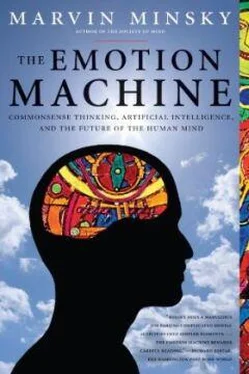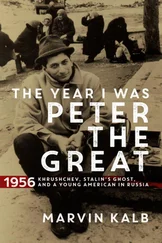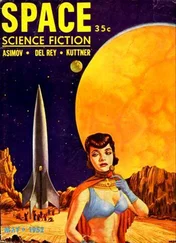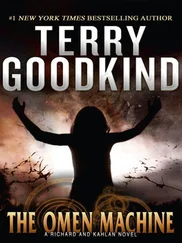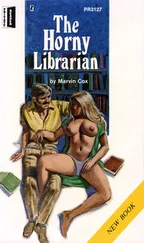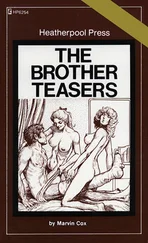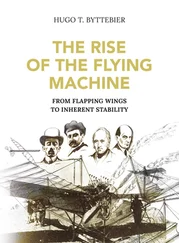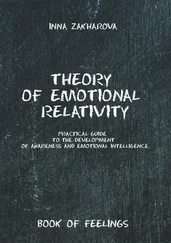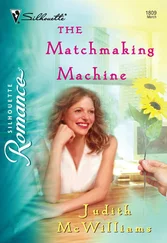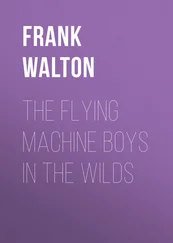∞∞∞∞∞∞∞∞∞∞∞∞∞∞∞∞∞∞∞
Behold the child, by nature’s kindly law,
Pleas’d with a rattle, tickl’d with a straw:
Some livelier plaything gives his youth delight,
A little louder, but as empty quite:
Scarfs, garters, gold, amuse his riper stage,
And beads and pray’r books are the toys of age:”
—Alexander Pope in
Essay on Man.
Often, when a young infant gets angry, that change seems as quick as the flip of a switch.
A certain infant could not bear frustration, and would react to each setback by throwing a tantrum. He’d hold his breath and his back would contract so that he’d fall rearward on his head.
A simple theory of how this might work would be that some separate ‘instincts’ compete until just one of them takes over control. However, that model cannot explain how, later, that child finds new ways to deal with frustration:
A few weeks later, that behavior had changed; no longer completely controlled by his rage, he could also add ways to protect himself, so that when he felt this coming on, he’d run to collapse on some soft, padded place.
This suggests that usually, in the infant brain, only one Selector can work at a time; this makes the system change states decisively, so that not many conflicts will arise. However, those infantile systems cannot solve the kinds of hard problems our children must face as they move into their later lives. This led our human brains to evolve higher-level systems in which some instincts that formerly were distinct now became increasingly mixed. But as those systems gained more abilities, they also gained new ways to make mistakes, so they also had to evolve new ways to control themselves—and this led to a great cascade of new kinds of mental developments. [6] See Glossary: Cross-Exclusion .
We tend to regard a problem as ‘hard’ when we’ve tried several methods without making progress. But it isn’t enough just to know that you’re stuck: you’ll do better if you can recognize when you’re facing some particular type of barrier, impasse, or obstacle. For if you can diagnose what “Type of Problem” you face, this can help you to select a more appropriate “Way to Think.” So, later chapters of this book will suggest that to do such things, our brains replace some of their ancient “Rule-Based Reaction-Machines” by what we’ll call “Critic-Selector Machines.”

The simplest version of such a scheme would be almost the same as an “If-Then” machine of the kind described in §1-4. There, each “If” detects a certain real-world problem, which causes the system then to react with a certain pre-specified, real-world action. So the behaviors of simple If-Then machines are highly constrained and inflexible.
However, in a Critic-Selector type of machine, those Ifs and Thens are more general, because the resources called Critics can recognize, not just events in the external world, but problems or obstacles inside the mind. Then, those “Selectors” also are not confined to acting on things in the outer world, but can react to mental obstacles—by turning other resources on or off. This means a Critic-Selector machine need not just react to external events, but also can direct itself to switch to a different way to think. For example, it might first consider several reactions before it decides which one to use.
Of course, we’ll need more specific ideas about how each of those new Ways to think might work, and about how we come to develop them. We know that throughout our childhood years, our brains pass through multiple stages of growth, and Chapter §5 will conjecture that this results in at least these six levels of mental procedures.

Thus, an adult who encounters what might be a threat need not just react instinctively, but can proceed to deliberate on whether to retreat or attack—that is, to use higher-level strategies to choose among possible ways to react. This way, one can make thoughtful choice between the conditions of Anger and Fear —and if it seems more appropriate to intimidate an adversary, one can make oneself angry deliberately (although one may not be aware of doing this).
We know that these mental abilities grow over several years of one’s childhood. Then why is it that we can’t recollect much of that stretch of development? One reason for this could be that, during those years, we also develop new ways to build memories—and when we switch to using these, that makes it hard to retrieve and interpret the records we made in previous times. Perhaps those old memories still exist, but in forms that we no longer can comprehend—so we cannot remember how we progressed from infantile reaction-sets to using our new, adult ways to think. We’ve rebuilt our minds too many times to remember how our infancies felt!
∞∞∞∞∞∞∞∞∞∞∞∞∞∞∞∞∞∞∞
Some habits are much more difficult to cure or change than others are. Hence a struggle may often be observed in animals between different instincts, or between an instinct and some habitual disposition; as when a dog rushes after a hare, is rebuked, pauses, hesitates, pursues again, or returns ashamed to his master; or as between the love of a female dog for her young puppies and for her master, —for she may be seen to slink away to them, as if half ashamed of not accompanying her master.
—Charles Darwin, in
The Descent of Man
This chapter has raised some questions about how people could change their states so much. When someone you know has fallen in love, it’s almost as though a switch had been thrown, and a different program has started to run.
The Resource-Cloud image suggests that such a change could result when a certain “Selector” excites (or suppresses) a certain large set of resources. Thus Charles’s attraction to Celia becomes stronger when all his fault-finding Critics turn off.
Psychologist: Indeed, infatuations sometimes strike suddenly. But other emotions may flow and ebb slowly—and usually, in our later years, our mood-shifts tend to become less abrupt. Thus an adult may be slow to take offense, but may then go on to brood for months on even a small or imagined affront.
Our twenty-year-old tabby-cat shows few signs of human maturity. At one moment she’ll be affectionate, and seek out our companionship. But after a time, in the blink of an eye, she’ll rise to her feet and walk away, without any sign of saying goodbye—whereas our twelve-year-old canine pet will rarely depart without looking back—as though he’s expressing a certain regret. The cat’s moods seem to show one at a time, but the dog’s dispositions seem more mixed, and less as though controlled by a switch.
In either case, any large change in one’s set of active resources will cause a large change in one’s mental state. One way this could happen would be for a certain resource to directly arouse many others:
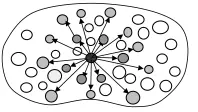
In this way, the Selectors we mentioned in §1-5 could directly have substantial effects. Furthermore, if the set of newly aroused resources includes one or more other Selector resources, then this will cause a yet larger change, by activating yet more resources. Then these in turn may begin to arouse yet other resources that they need—and if each such change leads to yet several more, this spreading could escalate what we’ll call a large-scale “cascade.”
Читать дальше
